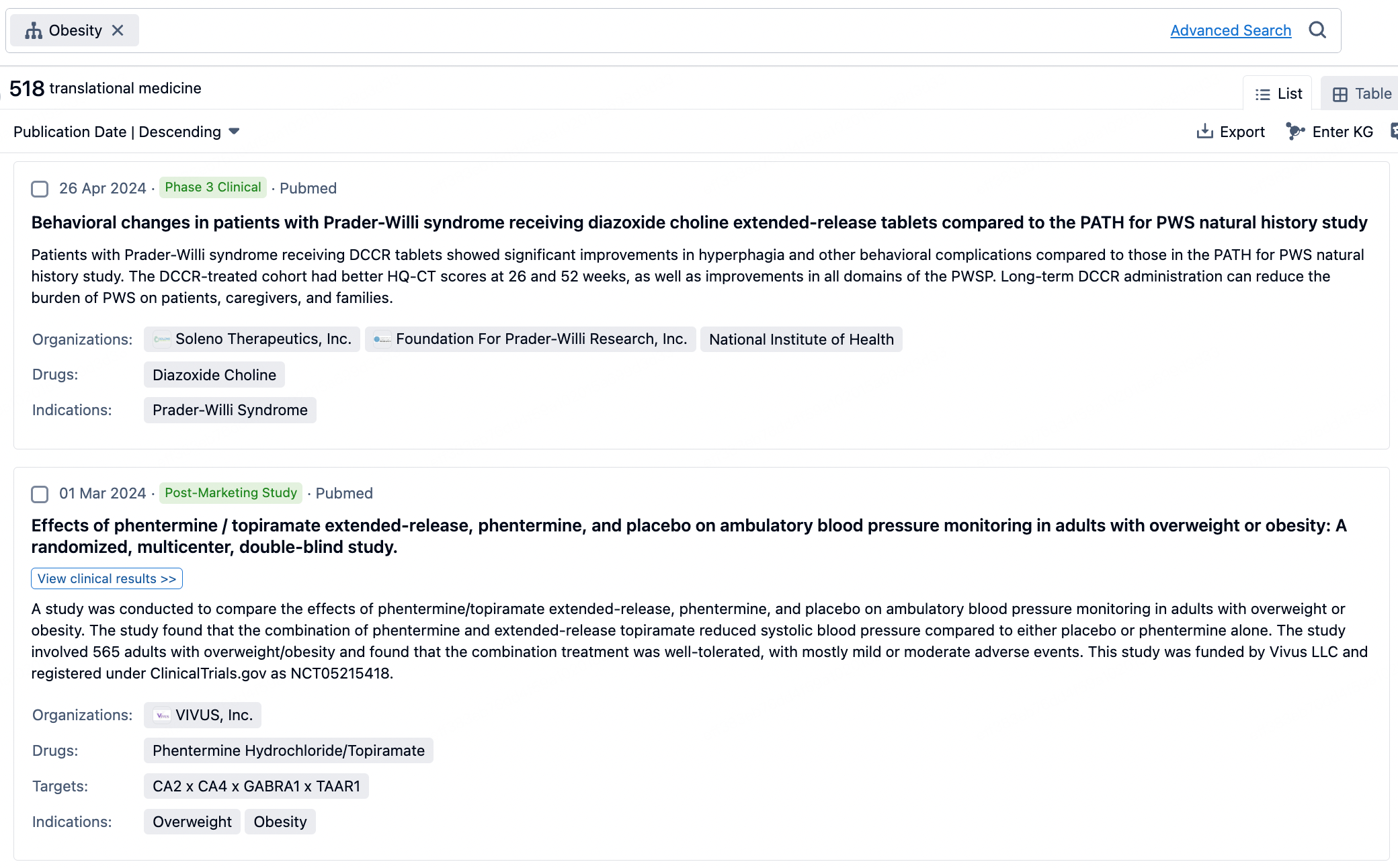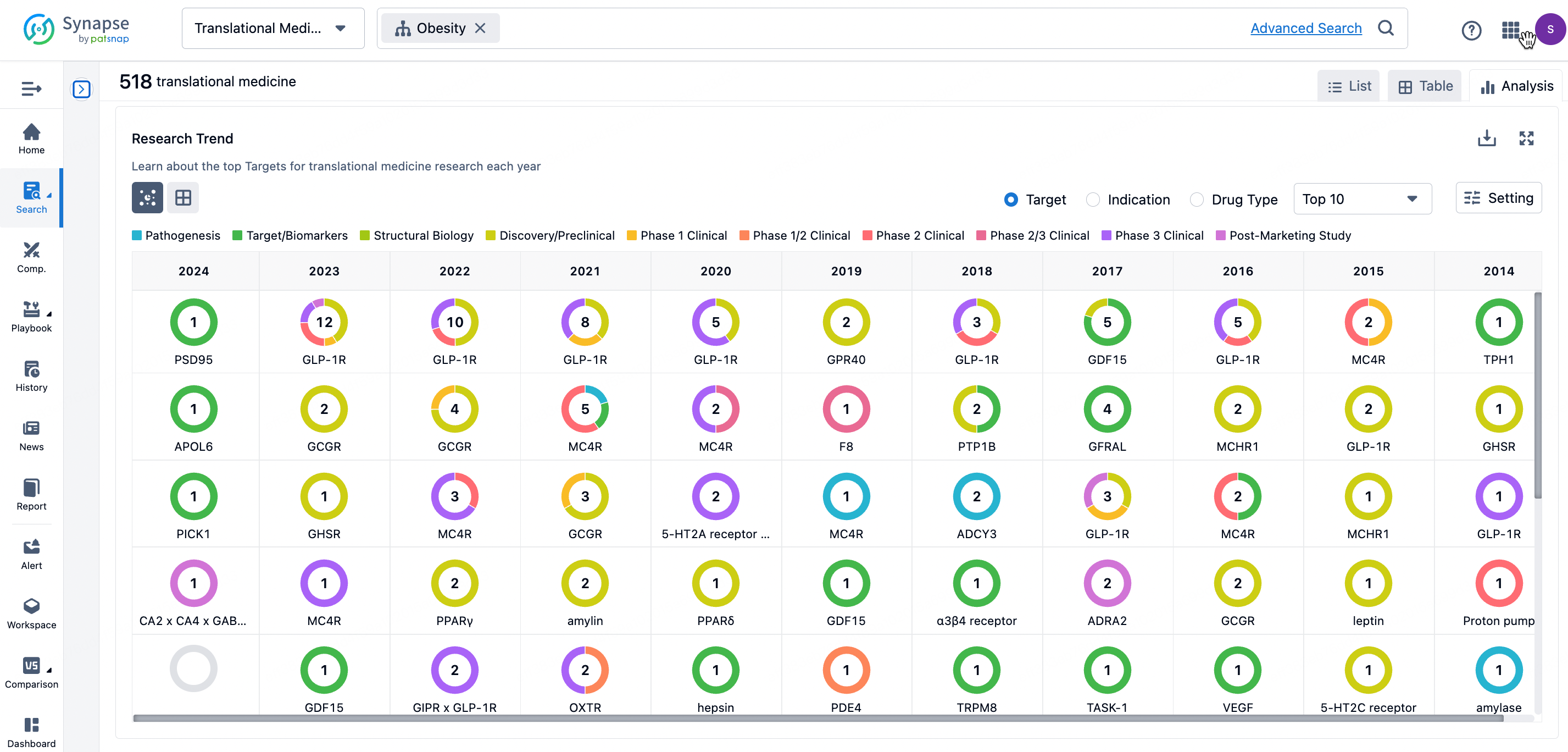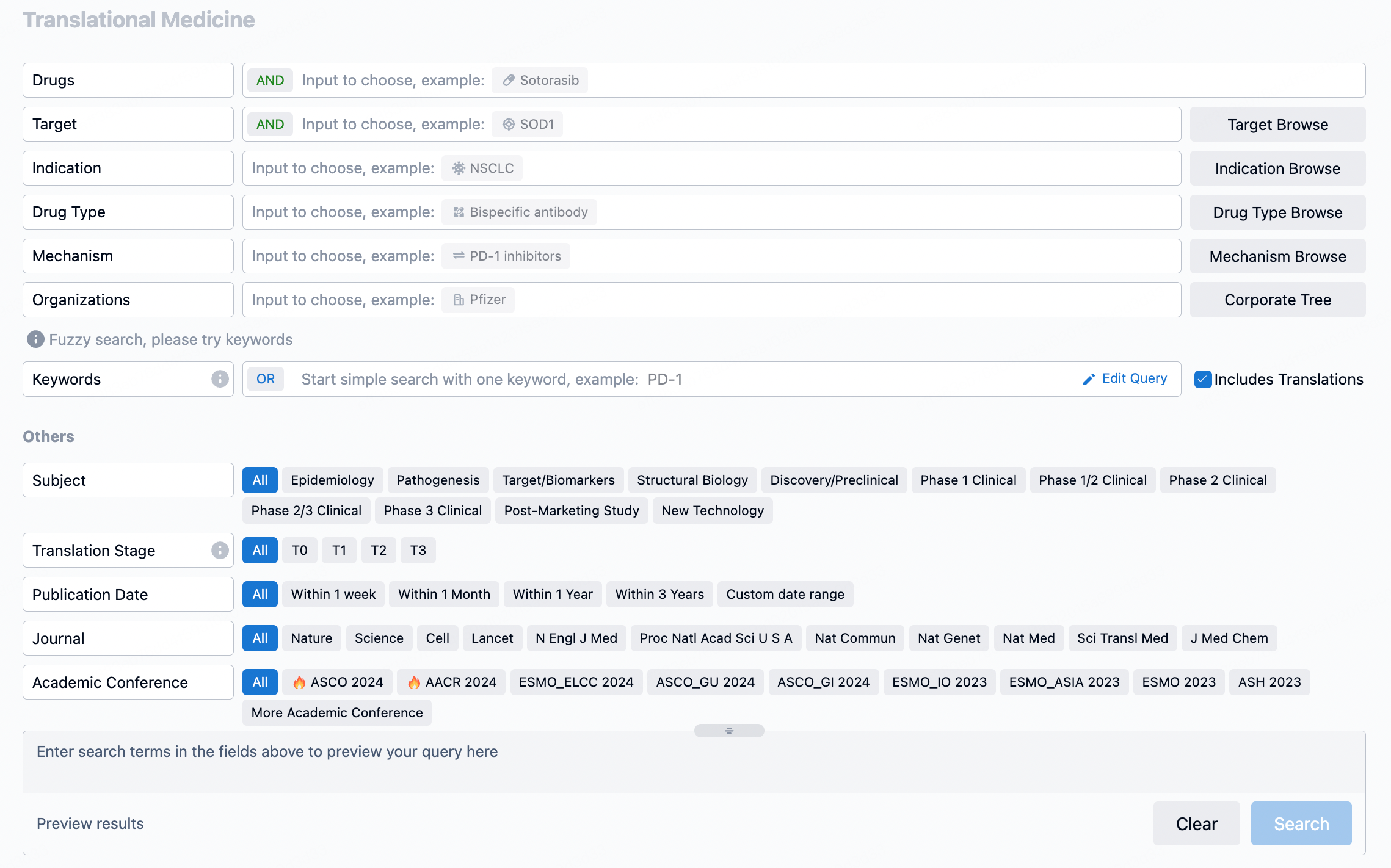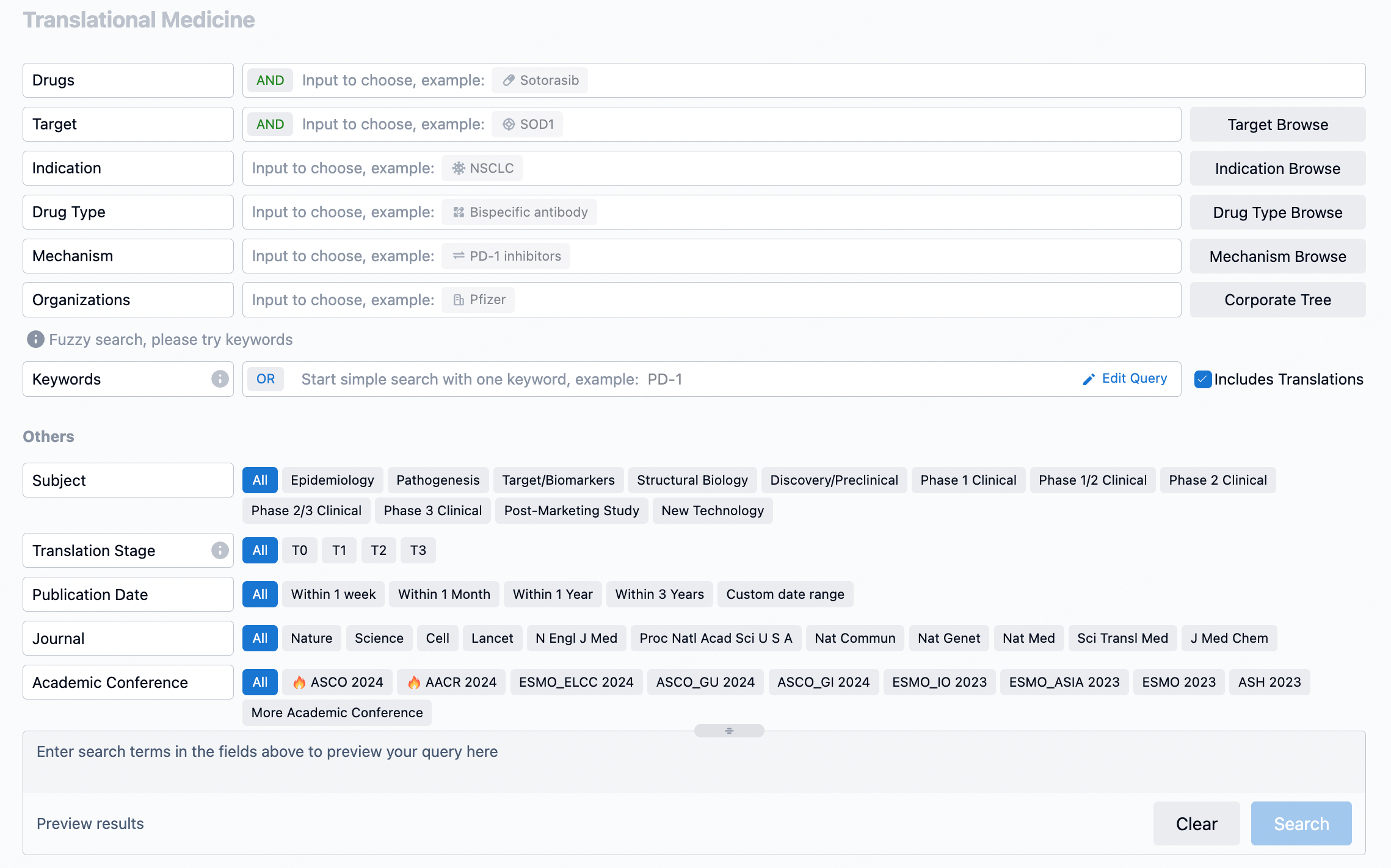Novel NMDA Receptor Antagonists CGP 37849 and CGP 39551: Potency, Selectivity, and Therapeutic Potential
CGP 37849 was found to be a potent and competitive inhibitor of NMDA-sensitive L-[3H]-glutamate binding to rat brain postsynaptic density fractions, with a Ki of 220 nM. It also showed high inhibitory potency against the binding of the selective NMDA receptor antagonist, [3H]-CPP, and was significantly more potent than several other antagonists. The activity was specific to the trans configuration of the APPA molecule and the D-stereoisomer. CGP 39551 displayed lower activity at NMDA receptor recognition sites, and neither compound showed significant activity at other receptor binding sites.
Neither CGP 37849 nor CGP 39551 affected L-[3H]-glutamate uptake into rat brain synaptosomes or influenced the release of endogenous glutamate from rat hippocampal slices.
In hippocampal slice models, CGP 37849 selectively and reversibly antagonized NMDA-induced increases in CA1 pyramidal cell firing rates. Both compounds suppressed burst firing in CA1 neurons without impacting the initial population spike magnitude. In vivo, oral administration of CGP 37849 or CGP 39551 to rats selectively blocked neuronal firing induced by ionophoretically-applied NMDA, without affecting responses to quisqualate or kainate.
Furthermore, both compounds demonstrated the ability to suppress maximal electroshock-induced seizures in mice, with ED50 values indicating their potential effectiveness.
In summary, CGP 37849 and CGP 39551 are identified as potent NMDA receptor antagonists with significant central nervous system effects following oral administration. Their properties suggest potential utility in studying the role of NMDA receptors in brain function and could offer therapeutic benefits for neurological conditions such as epilepsy and ischemic brain damage.
How to Use Synapse Database to Search and Analyze Translational Medicine Data?
The transational medicine section of the Synapse database supports searches based on fields such as drug, target, and indication, covering the T0-T3 stages of translation. Additionally, it offers a historical conference search function as well as filtering options, view modes, translation services, and highlights summaries, providing you with a unique search experience.
Taking obesity as an example, select "obesity" under the indication category and click search to enter the Translational Medicine results list page. By clicking on the title, you can directly navigate to the original page.

By clicking the analysis button, you can observe that GLP-1R treatment for obesity has gained significant attention over the past three years, with preclinical research still ongoing in 2023. Additionally, there are emerging potential targets, such as GDF15, among others.

Click on the image below to go directly to the Translational Medicine search interface.

